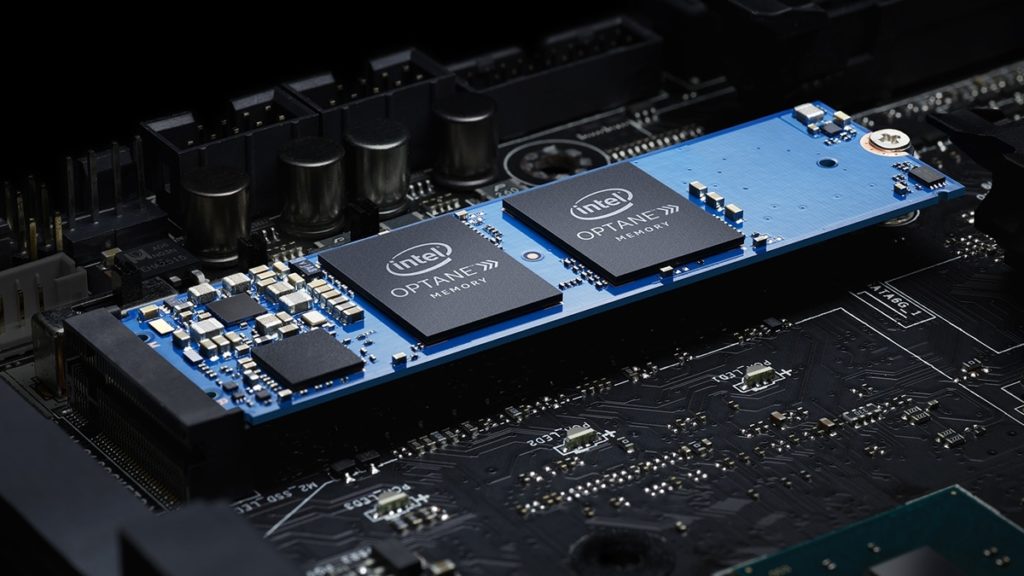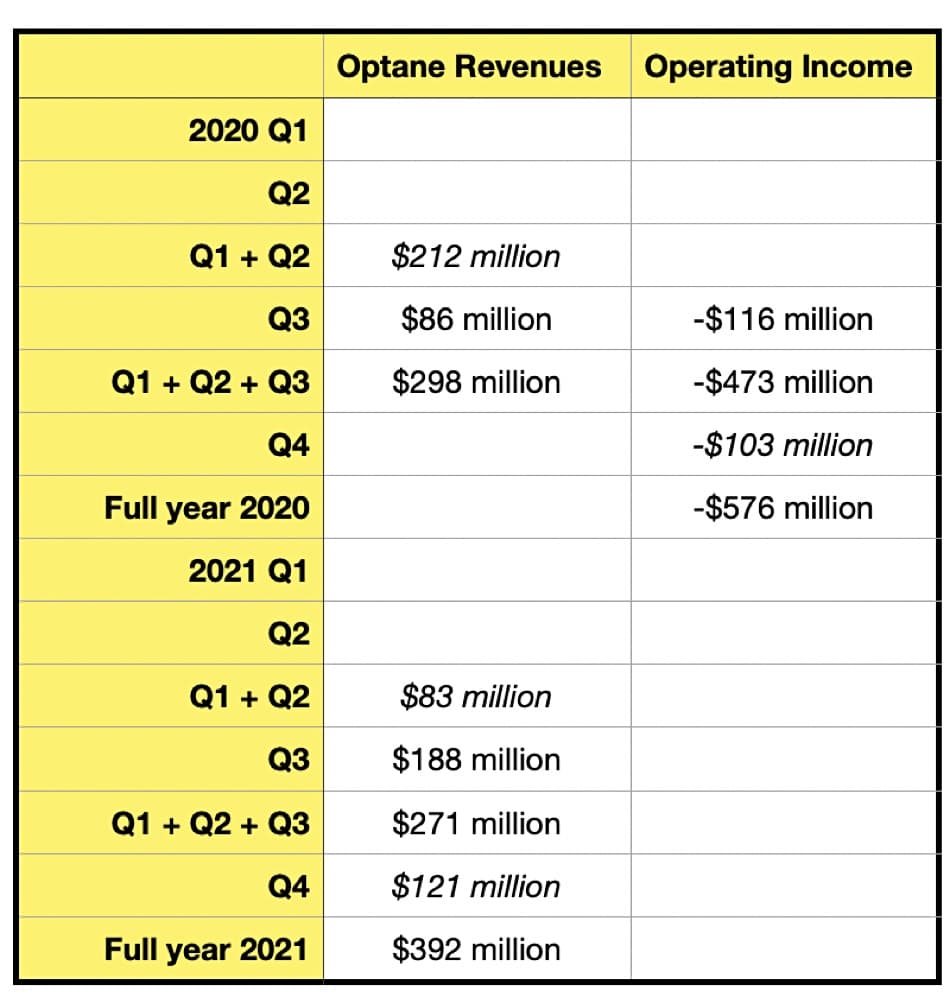- Joined
- May 6, 2019
- Messages
- 12,595
- Points
- 113
Image: Intel
It’s no secret that Intel’s Optane memory technology hasn’t exactly been a success, but new SEC filings have revealed just how much of a drain that business had been on Intel’s finances back in 2020. As spotted by Blocks & Files, Intel’s annual 10K SEC filing for 2021 reveals that Optane cost Intel over half a billion dollars that year, with operating losses in the region of $576 million. Optane memory was discontinued for the consumer market in January 2021.
Image: Blocks & Files
Optane’s 2020 half billion dollar operating loss (Blocks & Files)
Some gory financial details are laid bare in Intel’s annual 10K SEC filing for 2021...
Continue reading...
